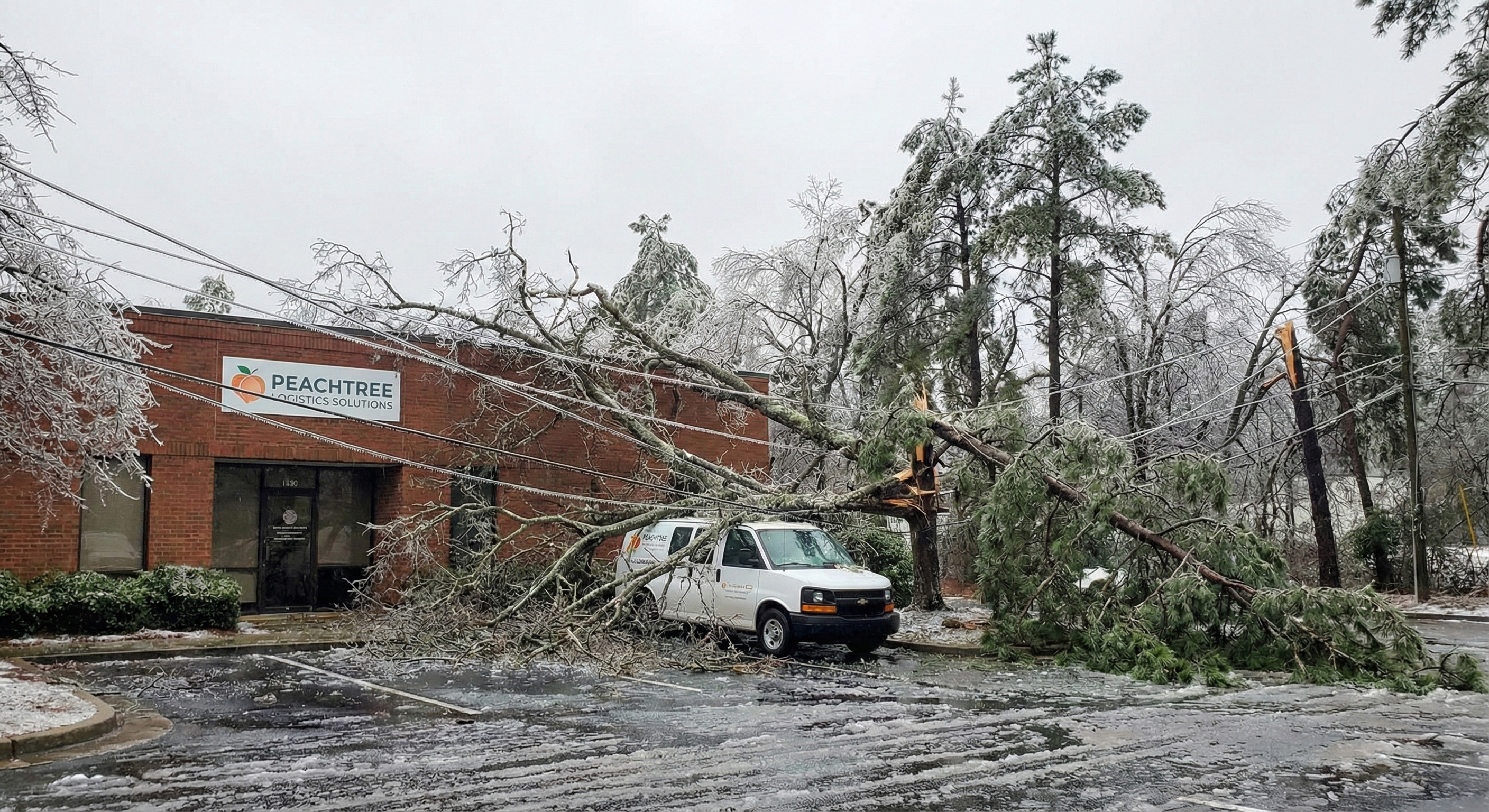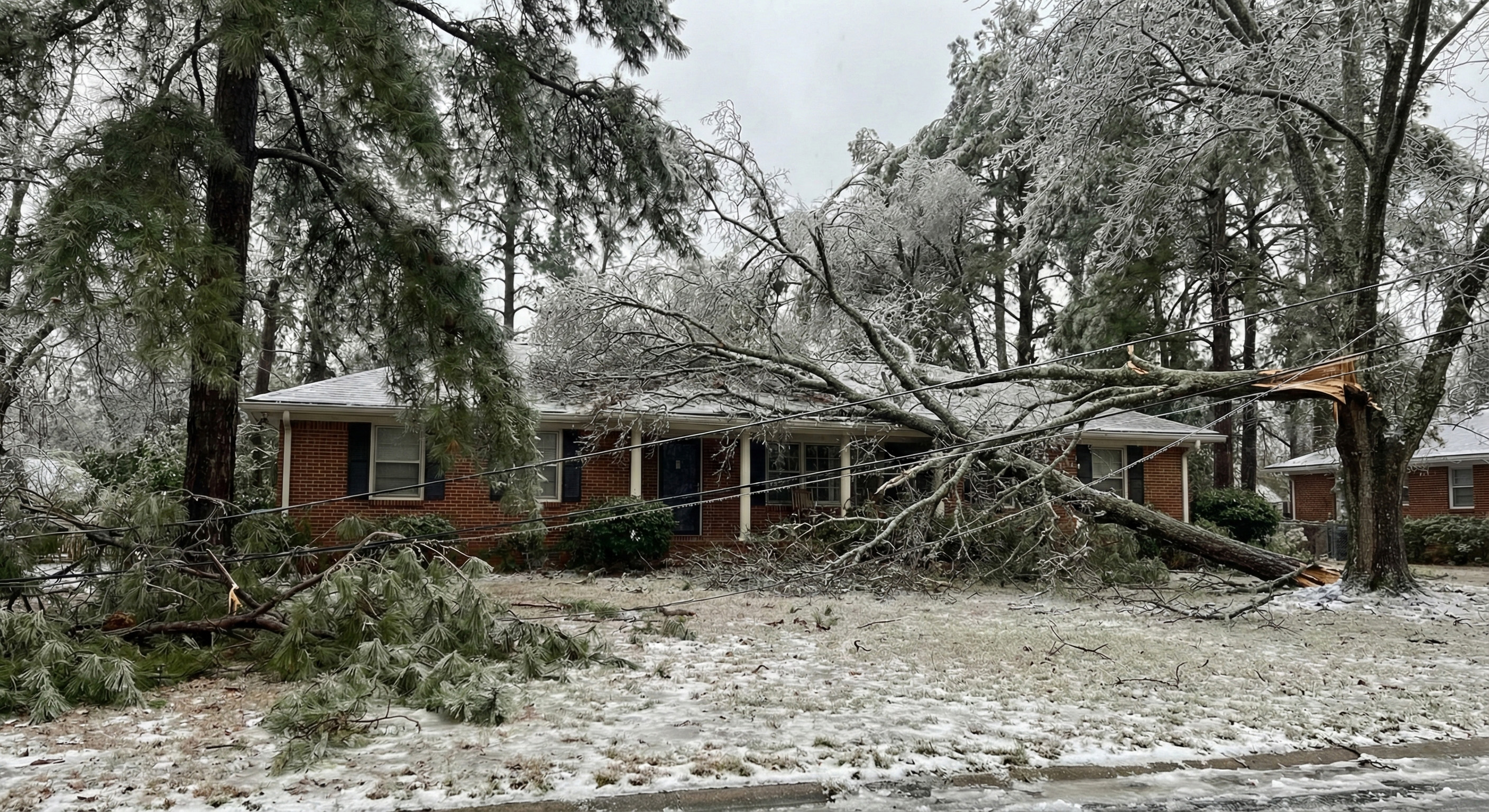Dead vs. Diseased Trees: How to Know When It's Time to Cut It Down
While dead trees often need to be removed for safety reasons, diseased trees might be saved with the right care.

Trees are vital to our environment, offering shade, beauty, and a habitat for wildlife. However, there comes a time when some trees need to be removed for safety or health reasons. Understanding the difference between dead and diseased trees is crucial in making the right decision about whether to cut a tree down. This guide will help you identify the signs of tree health issues and provide insight into when tree removal is necessary.
Understanding Dead Trees
A dead tree is a tree that no longer has living tissue. It’s important to recognize a dead tree because it can pose serious safety risks. Here are some signs that a tree might be dead:
Signs of a Dead Tree
- No Leaves or Buds: A lack of leaves during growing season is a clear indicator. If a tree doesn't bloom or leaf out when neighboring trees do, it could be dead.
- Brittle Branches: Dead trees often have brittle branches that break easily. If the branches snap off with little effort, it’s likely that the tree is dead.
- Peeling Bark: A tree’s bark provides protection. If the bark is peeling off in large sections or falling away, it might be dead.
- Fungal Growth: The presence of mushrooms or other fungi at the base of a tree can indicate decay, suggesting that the tree is dead or dying.
Why Remove a Dead Tree?
Dead trees can be hazardous. They are more likely to fall, especially during storms or high winds, posing a risk to nearby structures and people. Removing a dead tree can prevent accidents and damage.

Identifying Diseased Trees
Diseased trees are still alive but are suffering from infections or infestations. Recognizing the signs of disease early can sometimes allow for treatment and save the tree. Here are the symptoms to watch for:
Signs of a Diseased Tree
- Discolored Leaves: Leaves that are yellowing or have spots can indicate disease. Wilting leaves are another sign to look for.
- Unusual Growths: Bumps, cankers, or swellings on the trunk or branches can be a symptom of disease.
- Insect Infestation: While insects are a normal part of a tree's ecosystem, a large infestation can indicate that a tree is weakened by disease.
- Excessive Leaf Drop: While some leaf drop is normal, especially in autumn, excessive leaf drop can signal disease.
When to Consider Tree Removal
If a diseased tree poses a risk to people or property, or if it cannot be treated, removal may be necessary. Sometimes, removing a diseased tree can prevent the spread of disease to nearby healthy trees.
How to Decide: Dead vs. Diseased
Deciding whether to remove a tree depends on several factors, including its location, the severity of the condition, and potential risks.
Assessing the Risks
- Location: Trees close to buildings, power lines, or frequently used paths should be removed if they are dead or heavily diseased.
- Severity: A slightly diseased tree might recover with proper care, but a severely diseased or dead tree should be removed.
- Potential Hazards: Consider what could happen if the tree falls. If it could cause injury or significant damage, removal is advisable.
Consulting a Professional
In many cases, it’s wise to consult with a certified arborist. They can provide a professional assessment of the tree’s health and recommend the best course of action. Arborists have the expertise to diagnose tree problems accurately and may offer treatment options for diseased trees.

Tree Care and Maintenance
To prevent trees from becoming diseased or dying prematurely, regular care and maintenance are crucial.
Regular Inspections
Conduct regular inspections of your trees, especially after storms or high winds. Look for any signs of damage or disease and address them promptly.
Proper Watering and Pruning
Ensure your trees receive adequate water, especially during dry spells. Prune trees properly to remove dead or weak branches and to promote healthy growth.
Pest Control
Monitor trees for signs of pests. If you notice an infestation, take steps to control it before it causes significant damage.
Conclusion
Understanding the difference between dead and diseased trees is essential for maintaining a safe and healthy environment. While dead trees often need to be removed for safety reasons, diseased trees might be saved with the right care. Regular maintenance and professional consultation can ensure that your trees remain healthy and vibrant for years to come.
By being proactive about tree care, you can protect your property, enhance the beauty of your landscape, and contribute positively to the environment.
Contact Georgia Pro Tree Services
If you're unsure about the health of your trees or need professional assistance with tree removal or care, don't hesitate to reach out to Georgia Pro Tree Services. Our certified arborists are here to help you assess your trees and provide the best solutions for your landscape.
Contact us today for a consultation and ensure the safety and beauty of your property!

We're your local tree pros!
Georgia Pro Tree Services takes the highest quality of care when servicing your trees. Call us to find out how we can help you keep your yard in top shape.



